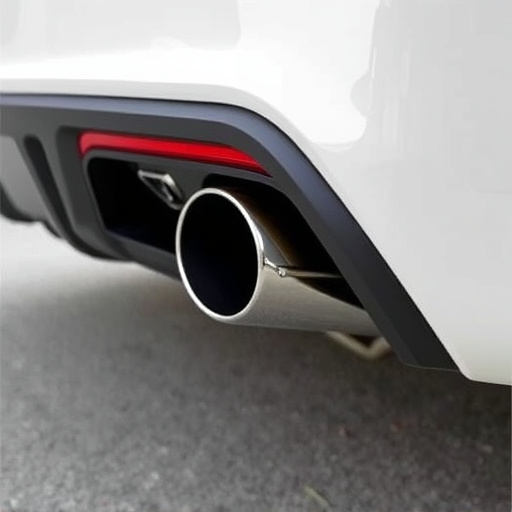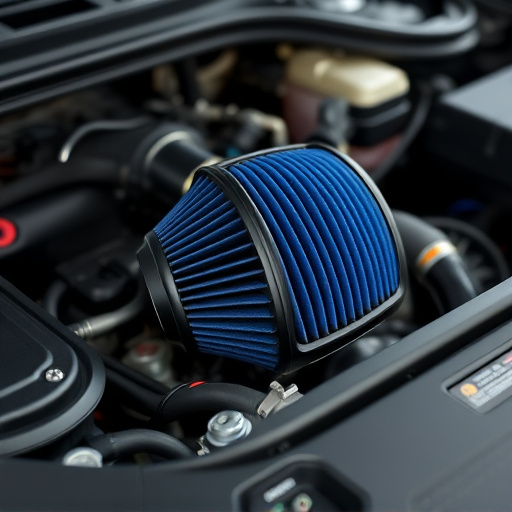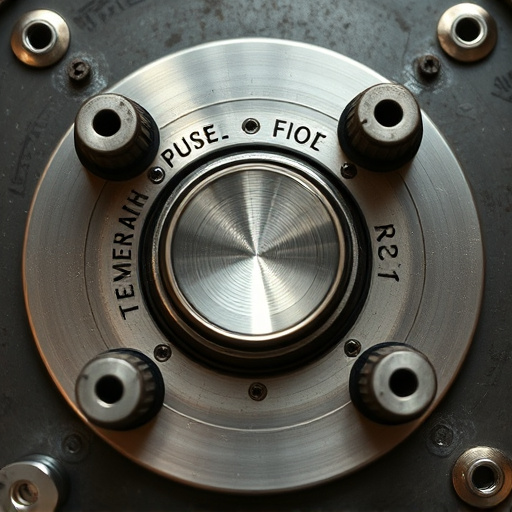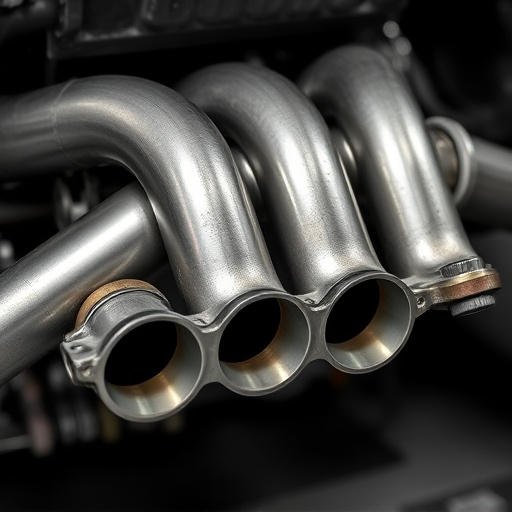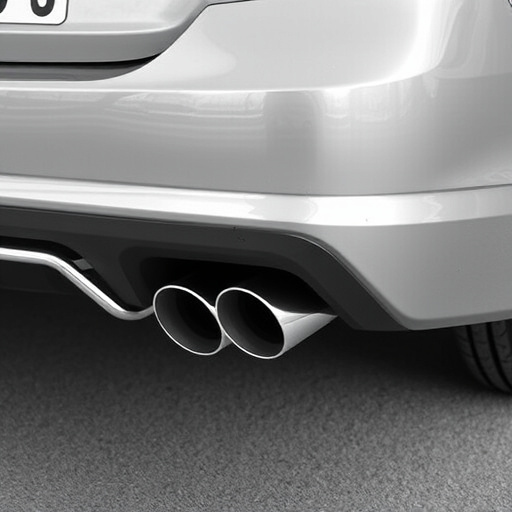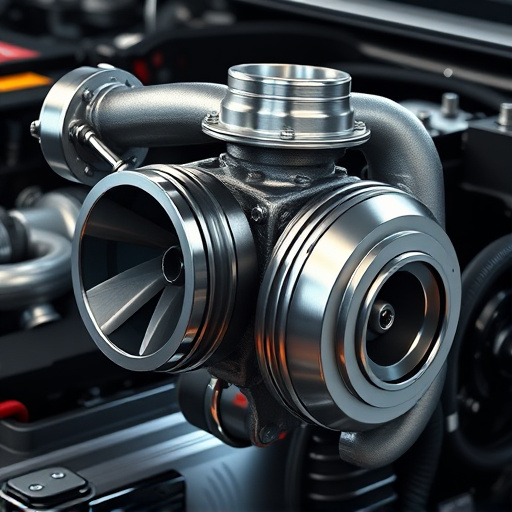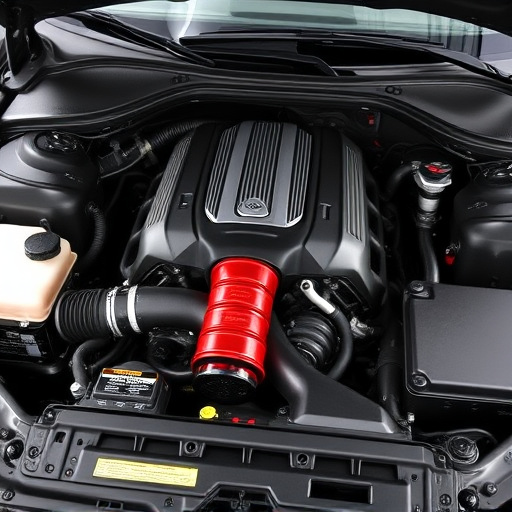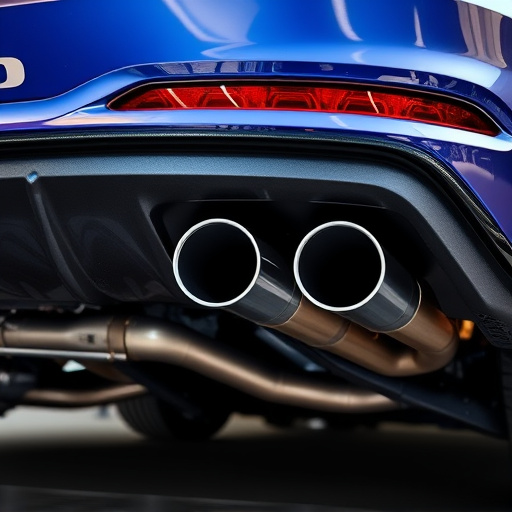Engine air intake (EAI) systems optimize airflow for efficient combustion, improving fuel economy and performance. Upgrades like filters and coilover kits enhance dynamics, accurately regulating fuel injection for reduced emissions. EAI components directly impact power generation, making them a popular choice for maximizing mileage without compromising performance. Optimizing these systems through design and tuning significantly contributes to both fuel efficiency and enhanced overall vehicle performance.
Engine air intake systems play a pivotal role in vehicle performance and fuel economy. By optimizing the flow of air into an engine, these systems can significantly impact a car’s efficiency. This article delves into the intricacies of engine air intakes, exploring how they influence fuel consumption directly. We’ll discuss strategies for optimization, providing insights on how to enhance mileage through tailored intake designs, thereby reducing fuel costs and minimizing environmental impact.
- Understanding Engine Air Intake Systems
- The Direct Impact on Fuel Efficiency
- Optimizing Intake for Better Mileage
Understanding Engine Air Intake Systems

Engine air intake systems are a critical component of any vehicle’s engine, responsible for delivering the right amount of clean air to optimize combustion. These systems facilitate the flow of atmospheric air into the engine, where it mixes with fuel to create power. Understanding how these components work is essential when considering their impact on fuel economy. The process begins with the air entering through a mass air flow sensor or a more advanced sensor, such as a variable volume flow sensor, which measures the amount of air taken in. This data helps the engine control unit (ECU) calculate and adjust the fuel injection, ensuring an efficient burn.
The efficiency of this process can be enhanced by upgrading to performance air filters, which improve airflow without increasing intake air temperature. Additionally, coilover kits, when paired with precision-tuned brake components, can provide better control over vehicle dynamics, allowing for more precise air intake and overall engine performance. These modifications contribute to a smoother power delivery, leading to improved fuel economy and reduced emissions.
The Direct Impact on Fuel Efficiency
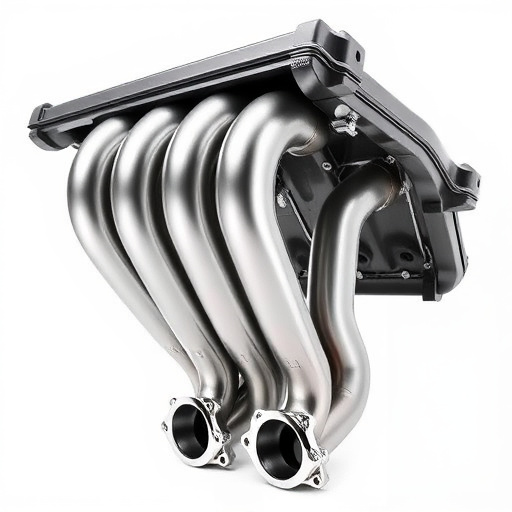
The direct impact of an engine air intake system on fuel efficiency is profound. These systems are designed to optimize the flow of air into the engine, which in turn enhances the combustion process. By allowing more air into the cylinders, engines can burn fuel more efficiently, leading to improved mileage and reduced fuel consumption. This enhanced airflow is achieved through carefully engineered components that ensure a constant and regulated supply of clean air, maximizing the potential for efficient combustion.
Unlike other aftermarket modifications like brake rotors or suspension kits, engine air intake systems directly influence the engine’s ability to extract power from fuel. The more efficiently air is drawn in, the better the engine performs, resulting in lower fuel expenses over time. This makes these systems a popular choice among vehicle owners looking to improve their car’s fuel economy without compromising on performance.
Optimizing Intake for Better Mileage
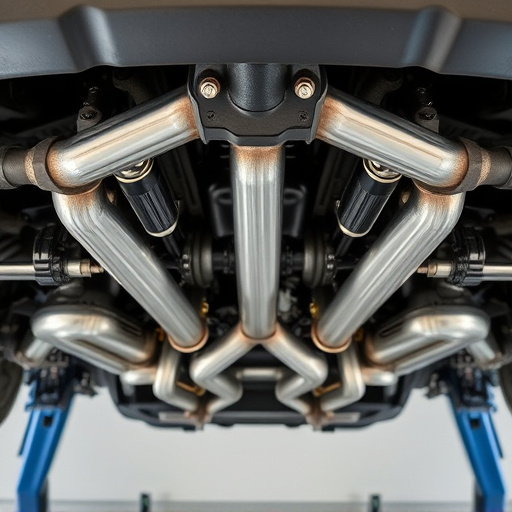
Optimizing an engine’s air intake system is a key strategy to enhance fuel economy and overall vehicle performance. By carefully designing and tuning the intake, engineers can ensure a more efficient burn of fuel, leading to better mileage. This involves precise adjustments to components like air filters, intake manifolds, and, in some cases, cat-back exhaust systems. A well-optimized intake allows for smoother airflow into the engine, which is crucial as it directly impacts the combustion process.
When it comes to improving efficiency, every detail matters. Even seemingly minor changes, such as upgrading suspension components or modifying exhaust tips, can contribute to a more responsive and economical driving experience. These adjustments work in harmony with the primary air intake system to reduce restrictions and optimize the flow of atmospheric air, thereby boosting engine power while also minimizing fuel wastage.
Engine air intake systems play a pivotal role in fuel economy, as demonstrated throughout this article. By understanding these complex mechanisms and their direct impact on fuel efficiency, vehicle owners can make informed decisions to optimize their mileage. Further research into and implementation of tailored intake solutions offer promising avenues for enhancing fuel economy, contributing to both environmental sustainability and cost savings.




